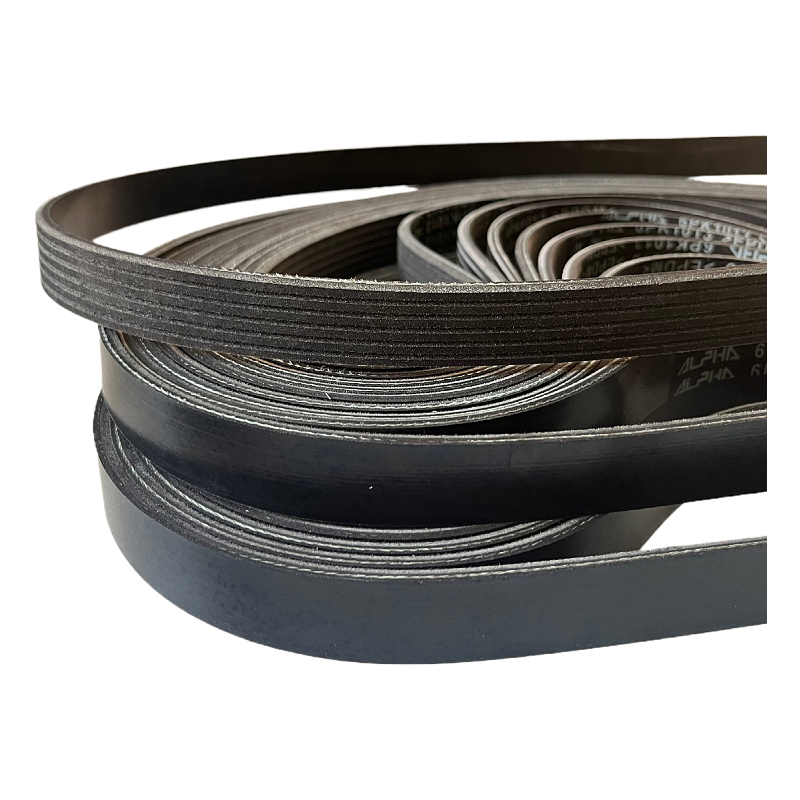- Arabic
- French
- Russian
- Spanish
- Portuguese
- Turkish
- Armenian
- English
- Albanian
- Amharic
- Azerbaijani
- Basque
- Belarusian
- Bengali
- Bosnian
- Bulgarian
- Catalan
- Cebuano
- Corsican
- Croatian
- Czech
- Danish
- Dutch
- Afrikaans
- Esperanto
- Estonian
- Finnish
- Frisian
- Galician
- Georgian
- German
- Greek
- Gujarati
- Haitian Creole
- hausa
- hawaiian
- Hebrew
- Hindi
- Miao
- Hungarian
- Icelandic
- igbo
- Indonesian
- irish
- Italian
- Japanese
- Javanese
- Kannada
- kazakh
- Khmer
- Rwandese
- Korean
- Kurdish
- Kyrgyz
- Lao
- Latin
- Latvian
- Lithuanian
- Luxembourgish
- Macedonian
- Malgashi
- Malay
- Malayalam
- Maltese
- Maori
- Marathi
- Mongolian
- Myanmar
- Nepali
- Norwegian
- Norwegian
- Occitan
- Pashto
- Persian
- Polish
- Punjabi
- Romanian
- Samoan
- Scottish Gaelic
- Serbian
- Sesotho
- Shona
- Sindhi
- Sinhala
- Slovak
- Slovenian
- Somali
- Sundanese
- Swahili
- Swedish
- Tagalog
- Tajik
- Tamil
- Tatar
- Telugu
- Thai
- Turkmen
- Ukrainian
- Urdu
- Uighur
- Uzbek
- Vietnamese
- Welsh
- Bantu
- Yiddish
- Yoruba
- Zulu
aug . 06, 2024 10:51 Back to list
Understanding the Importance of V Ribbed Belts in Modern Automotive Engine Performance and Efficiency
Understanding Automotive V Ribbed Belts
Automotive V ribbed belts, also known as serpentine belts, play a crucial role in the functionality of modern vehicles. These belts are designed to drive multiple peripheral devices in an engine, such as the alternator, power steering pump, water pump, air conditioning compressor, and more. The design of the V ribbed belt allows it to manage multiple tasks efficiently, which is essential for the overall performance and reliability of an automobile.
Design and Structure
The V ribbed belt is characterized by the presence of longitudinal ribs on its inner surface, which allows it to grip the pulley system effectively. Unlike traditional V-belts, which typically have a single rib and drive one component, the V ribbed belt can wrap around multiple pulleys, making it a more compact and efficient solution. The unique ribbed design increases friction between the belt and the pulley, reducing slippage and maximizing power transmission. This makes it possible for the belt to handle higher loads without compromising performance.
Typically made from rubber or synthetic materials, V ribbed belts are engineered to withstand the harsh conditions found in engine compartments, such as extreme temperatures, oil exposure, and high levels of wear. Manufacturers use additives to enhance the belt’s durability and resistance to cracking, stretching, and wear over time.
Advantages of V Ribbed Belts
One of the primary advantages of V ribbed belts is their efficiency. By replacing multiple individual belts with a single belt that can drive several components, they simplify engine design and reduce the number of parts that may require maintenance or replacement. This not only streamlines the manufacturing process but also leads to lower overall vehicle weight, contributing to better fuel efficiency.
automotive v ribbed belt

Furthermore, V ribbed belts have lower noise levels compared to traditional V-belts. They run smoother and produce less vibration, enhancing the overall comfort level within the vehicle. This reduction in noise and vibration can lead to a better driving experience, particularly in luxury vehicles where passenger comfort is paramount.
Maintenance and Replacement
Despite their advantages, V ribbed belts are still subject to wear and will eventually need to be replaced. A crucial aspect of vehicle maintenance is regular inspection of the belt for signs of damage, such as cracks, fraying, or glazing. If the belt is found to be worn or damaged, it is imperative to replace it promptly to avoid potential engine failure or damage to other components driven by the belt.
Most automotive experts recommend inspecting the V ribbed belt every 60,000 to 100,000 miles, although this can vary based on the vehicle’s make and model. In some cases, manufacturers may have specific recommendations, so it’s essential to refer to the vehicle’s owner manual.
Conclusion
In conclusion, automotive V ribbed belts are integral to the performance and efficiency of modern vehicles. Their innovative design and ability to drive multiple components make them a popular choice among manufacturers, providing benefits in terms of weight reduction, noise levels, and overall functionality. Regular maintenance and timely replacement are crucial to ensuring that these belts continue to operate effectively, protecting both the engine and the driver’s experience. As technology evolves, the introduction of more advanced materials and designs will only enhance the role of V ribbed belts in automotive engineering, paving the way for even more efficient vehicles in the future.
-
Korean Auto Parts Timing Belt 24312-37500 For Hyundai/Kia
NewsMar.07,2025
-
7PK2300 90916-T2024 RIBBED BELT POLY V BELT PK BELT
NewsMar.07,2025
-
Chinese Auto Belt Factory 310-2M-22 For BMW/Mercedes-Benz
NewsMar.07,2025
-
Chinese Auto Belt Factory 310-2M-22 For BMW/Mercedes-Benz
NewsMar.07,2025
-
90916-02660 PK Belt 6PK1680 For Toyota
NewsMar.07,2025
-
drive belt serpentine belt
NewsMar.07,2025

